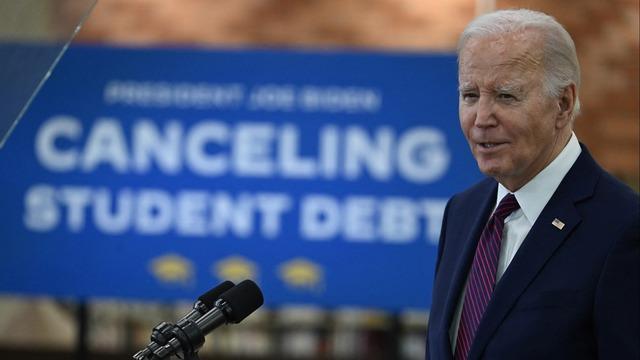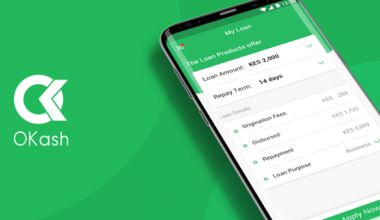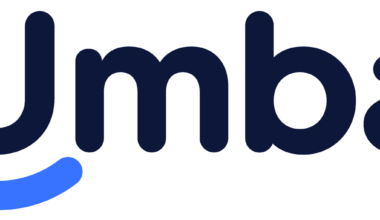Securing a student loan is a substantial step for many in achieving their educational goals. It can finance a college or university education, which may otherwise be inaccessible due to high costs. Understanding the types of student loans available and the application process is crucial. Generally, student loans are categorized into federal and private loans. Federal student loans often offer more favorable terms, such as fixed interest rates and income-driven repayment plans.
The first move in obtaining a student loan is to complete the Free Application for Federal Student Aid, more commonly known as the FAFSA. This application calculates how much financial assistance one is eligible to receive, including grants, scholarships, and work-study opportunities, in addition to loans. It’s used by educational institutions to determine the amount of federal aid an applicant can receive.
For those who may require additional funding, private student loans are an option. These are offered by banks, credit unions, and other financial institutions. Unlike federal loans, the terms and benefits of private student loans can vary widely, making it important for borrowers to carefully compare options and understand the terms before committing.
Understanding Student Loans
When it comes to financing higher education, student loans are a critical resource that can help bridge the gap between scholarship offerings and the total cost of attendance. Understanding the varieties available and their respective terms can make a significant difference in managing long-term financial health.
Different Types of Student Loans
Student loans generally fall into two main categories: federal student loans and private student loans. Federal student loans are funded by the government and offer benefits such as fixed interest rates and income-driven repayment plans. They include subsidized loans, where the government pays the interest while the student is in school, and unsubsidized federal student loans, where the borrower is responsible for all the interest.
Private student loans, conversely, are offered by banks, credit unions, or other financial institutions. These loans can have variable or fixed interest rates and typically do not offer the same flexibility as federal loans when it comes to repayment options.
Knowing Your Financial Need
It’s essential for borrowers to accurately assess their financial need. They should borrow only what they need to cover their educational expenses. To determine this amount, students should start by submitting a Free Application for Federal Student Aid (FAFSA) to discover their eligibility for grants, scholarships, and work-study opportunities, which can reduce the remaining costs that need to be covered by loans.
Evaluating Loan Terms and Conditions
Careful consideration of loan terms and conditions is indispensable. One should scrutinize the interest rate as it significantly impacts the total amount to be repaid. Federal student loans often have lower, fixed interest rates compared to private student loans. Borrowers should also be aware of the loan’s repayment options, deferment and forbearance conditions, and potential for loan forgiveness or other benefits that can affect long-term financial obligations.
Navigating the Application Process
The journey to secure student funding begins with understanding the essentials of the application process. This process involves completing the FAFSA to determine eligibility for federal aid, interpreting financial aid offers from colleges, and exploring private lending options if additional funding is necessary.
Completing the FAFSA
The Free Application for Federal Student Aid (FAFSA) is the foundational step for accessing financial aid. Applicants need an FSA ID to sign the electronic fafsa form, which assesses their eligibility for federal aid, including grants, work-study programs, and federal loans. Key details required include financial information from federal tax returns, bank statements, and details on any investments. After submission, corrections can be made if necessary, but it’s crucial to submit the form before the deadline to maximize aid eligibility.
Interpreting Your Financial Aid Offers
Upon completion of the FAFSA, students will receive financial aid offers from the colleges to which they have applied. These offers can include a mix of federal aid, such as grants and work-study opportunities, along with potential scholarships from the institution. Each offer will detail the types of aid a student is eligible for, along with how much they can expect to receive. It’s important for students to understand that offers may need to be accepted, declined, or adjusted based on their specific needs and circumstances.
Applying for Private Student Loans
When federal aid does not cover all educational expenses, students may consider private student loans from a private lender. These loans are credit-based, so a good credit score or a cosigner with good credit may be necessary. Students should obtain a credit report and check if they are pre-qualified for certain loans, which will give an estimate of the interest rates and terms they might expect. Comparing offers from multiple lenders is recommended to find the best option, keeping in mind that a credit check is usually required as part of the application process.
Repayment and Management
Successfully managing student loan debt involves a strategic approach to repayments and a clear understanding of the available options like forgiveness, forbearance, and benefits. Careful planning not only helps to reduce interest but also takes advantage of various programs aimed at making the burden more manageable.
Budgeting to Repay Your Loans
Creating a budget is a fundamental step in repaying your loans efficiently. Borrowers should identify their monthly income and necessary expenses, allocating a portion of the remaining funds to student loan payments. It’s advisable to pay more than the minimum whenever possible to decrease the overall interest paid and shorten the loan term. Resources such as the Get started repaying your federal student loan can assist in understanding the repayment process.
Understanding Forgiveness, Forbearance, and Benefits
Loan forgiveness programs can eliminate some or all of a borrower’s educational debt if they meet certain conditions, such as working in public service or teaching. Income-driven repayment plans adjust payments based on the borrower’s income, which can provide substantial relief. For those facing financial hardship, forbearance permits a pause on repayments, typically accruing interest during this period. To comprehend these options and their requirements, one can refer to comprehensive guides like NerdWallet’s Student Loan Repayment Options or the Consumer Financial Protection Bureau’s page on Options for repaying your federal student loan. Understanding these benefits can shape a more informed repayment strategy.
Frequently Asked Questions
Navigating the student loan process can be complex, but understanding the key steps and requirements can simplify the journey. The following frequently asked questions cover the essentials of applying for and managing student loans.
What are the steps to apply for federal student loans?
Students seeking federal student loans should start by filling out the FAFSA to determine eligibility for financial aid. Based on the FAFSA results, colleges offer financial aid, which may include federal loans.
Which criteria determine eligibility for private student loans?
Private student loans often require a review of the applicant’s credit history and income. Lenders look for creditworthiness or may require a co-signer for those without an established credit history.
Can you obtain a student loan without a co-signer, and if so, how?
Some lenders offer student loans without a co-signer to borrowers with a strong credit record or who meet certain income criteria. Students can apply directly with a bank, credit union or online lender.
What options are available for students with poor credit history seeking a loan?
Students with poor credit might consider federal student loans, which don’t require a credit check, or a private loan with a co-signer. Some private lenders also offer loans tailored for applicants with less-than-perfect credit.
How does one pursue student loan forgiveness or assistance programs?
Individuals may explore options like Public Service Loan Forgiveness (PSLF) or income-driven repayment plans, which can result in eventual forgiveness. Detailed information and applications are available at the Federal Student Aid website.
What are the main differences between federal and private student loans?
Federal loans offer fixed interest rates and income-driven repayment options, while private loans are provided by private lenders and may have variable rates and less flexible payment terms. Federal loans also offer more robust borrower protections.











